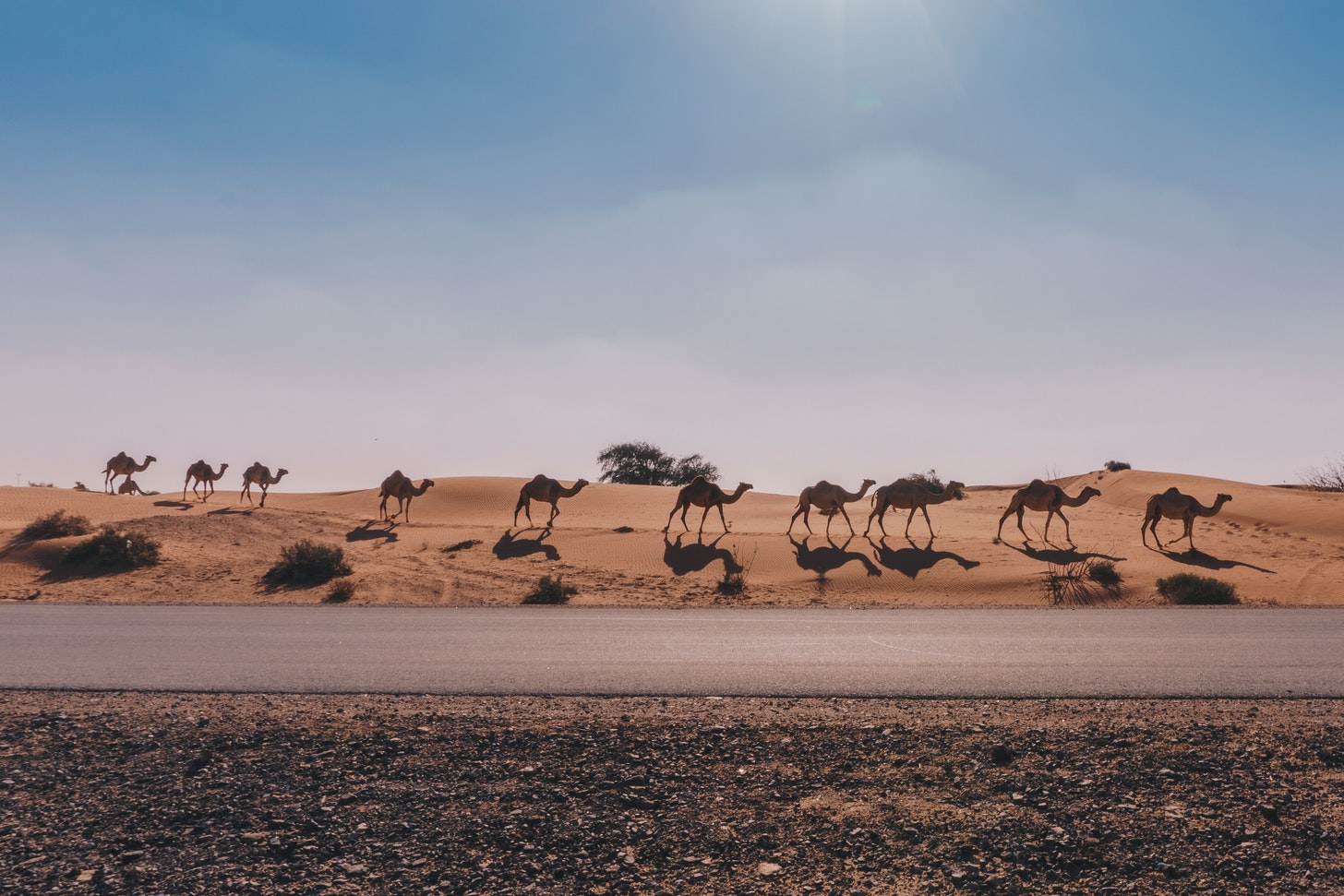
“UAE” is often seen in the headlines of this newsletter even if it is one of a handful of countries to join the space race only recently. I find the story of this adventure exciting and I will try in this not-so-short editorial to give you a little recap of the history of the UAE mainly from camel riding to a Mars rover project. And this advanture took less than 50 years… That is to say that a bedouin who experienced misery at the age of 5, today, he has barely started his retirement.
Prior to the 1930s, the main source of income for the region was fishing and pearl selling. The Emirates were until then extremely poor, most of the population was illiterate, 50% of infant mortality rate and 30% of maternal mortality rate, meaning that there were almost no doctors. In the early 1960s, the first oil well was discovered in Abu Dhabi. An event that, under the exemplary management of Sheikh Zayed ben Sultan Al Nahyane, enabled the rapid development of the region: schools, hospitals and roads sprang up like mushrooms.
In 1968, the British withdrew from the region. As a result, the nine states tried to form a union, but were unable to agree. Thus, two of them, Bahrain and Qatar, claimed their independance. On 2 December 1971, the remaining states finally reached an agreement and founded a federation named the “United Arab Emirates”. This date was therefore chosen as the country’s day of independence. Prosperity and development continued (until today) according to the initial vision and efforts of the founding father Sheikh Zayed. This latter died in november 2004 and was succeeded by his son.
Well, let us go back to what interests us. Mohammed bin Rashid Al Maktoum, Vice President and Prime Minister of the UAE and the Ruler of Dubai, funded the Emirates Institution for Advanced Science and Technology (EIAST) in 2006. 9 years later, the Mohammed bin Rashid Space Centre (MBRSC) was issued and EIAST became a part of it. Last year, through a partnership with Roscosmos, two Emiratis joined the ISS for a short mission of eight days on a Soyuz.
As far as satellites are concerned, and through several cooperation space programs with strategic partners (mainly South Korea’s Satrec, Russia’s Roscosmos and India’s ISRO…) aiming for knowledge transfer of space technologies to the country, the MBRSC launched KhalifaSat in 2018. It is the first Emirati satellite built from ground up 100% by UAE engineers and consists of a powerful remote sensing Earth observation satellite. This year again, the MBRSC Space Center released the Mars rover “Al Amal” (or “Hope” in Arabic): a space exploration probe set for launch on 14 July 2020 and scheduled to reach Mars in 2021. “If successful, it would become the first mission to Mars by any West Asian or Arab country”.
Due to lack of space[1], I have omitted several episodes in this gripping story, but I invite you to surf on the UAE Space Agency website for more details.
END OF TRANSMISSION.
[1]: unlike the universe, space in this newsletter is very limitted!